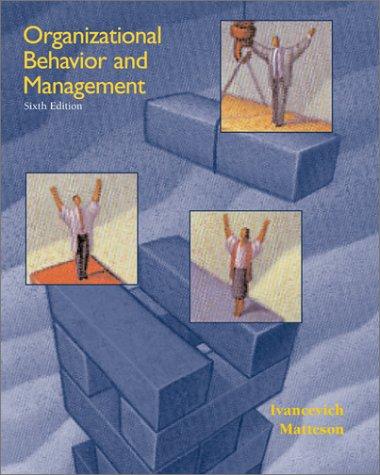Question
Please answer number 3 Consider two countries, the United States and India, producing two commodities, food and clothing. The United States needs one and a
Please answer number 3
Consider two countries, the United States and India, producing two commodities, food and clothing. The United States needs one and a half hours of labor to produce a unit of food and one hour to produce a unit of clothing. India needs three hours of labor to produce a unit of food and one hour to produce a unit of clothing. The United States is endowed with 800 hours of labor while India is endowed with 1000 hours of labor.
1. Draw a table to show the unit labor requirements for each country for each commodity. Which country has an absolute advantage in the production of food? In the production of clothing? Why? Which country has a comparative advantage in the production of food? In the production of clothing? Why?
Absolute Advantage:
USA | India | |
1 Unit of Food | 1.5 hours | 3 hours |
1 Unit of Clothing | 1 hour | 1 hour |
The UShas absolute advantage with food because the US can create more units of food with less labor hours compared to India. Both countries possess absolute advantage in the production of clothing because that can produce the same amount of clothing with equal resources and labor hours.
Comparative Advantage:
USA | India | |
1 Unit of Food | 1.5 hours | 3 hours |
1 Unit of Clothing | 1 hour | 1 hour |
Opportunity cost of food to clothing | 1/1.5 = 0.67 | 1/3 = 0.33 |
Opportunity cost of clothing to food | 1.5 | 3 |
India holds a lower opportunity cost in the production of food and therefore ha a comparative advantage. Additionally, the US has a lower opportunity cost in producing cloth and therefore has a comparative advantage over India.
2. Draw the production possibility frontiers (PPF) for each country, placing clothing on the horizontal axis and food on the vertical axis.What is the marginal rate of transformation (MRT) (the slope of the PPF) in each country? Which country will export which good?
We now assume that the representative individuals in the two countries have preferences represented by the utility functions:
The associated marginal rates of substitution (MRS) (the slope of the indifference curve) are as follows:
3. Determine the autarky production (= consumption in autarky) for the two countries.(Hint: It will help to use the equation for the production possibility frontier. Set the marginal rate of substitution (MRS) equal to the marginal rate of transformation (MRT) (slope of the PPF) for each country.) Draw a diagram for each country showing the autarky equilibrium, drawing both the PPF and the indifference curves.
Autarky production: Production in Autarky (a country partaking in little to no foreign trade).
Note: We are trying to find the levels of food (F) and cloth (C) that will maximize the utility in the countries. In order to solve this problem, you will need two conditions: (1) the tangency condition, MRS = MRT, and (2) the fact that autarky production will be on the PPF: .
Step by Step Solution
There are 3 Steps involved in it
Step: 1

Get Instant Access to Expert-Tailored Solutions
See step-by-step solutions with expert insights and AI powered tools for academic success
Step: 2

Step: 3

Ace Your Homework with AI
Get the answers you need in no time with our AI-driven, step-by-step assistance
Get Started


